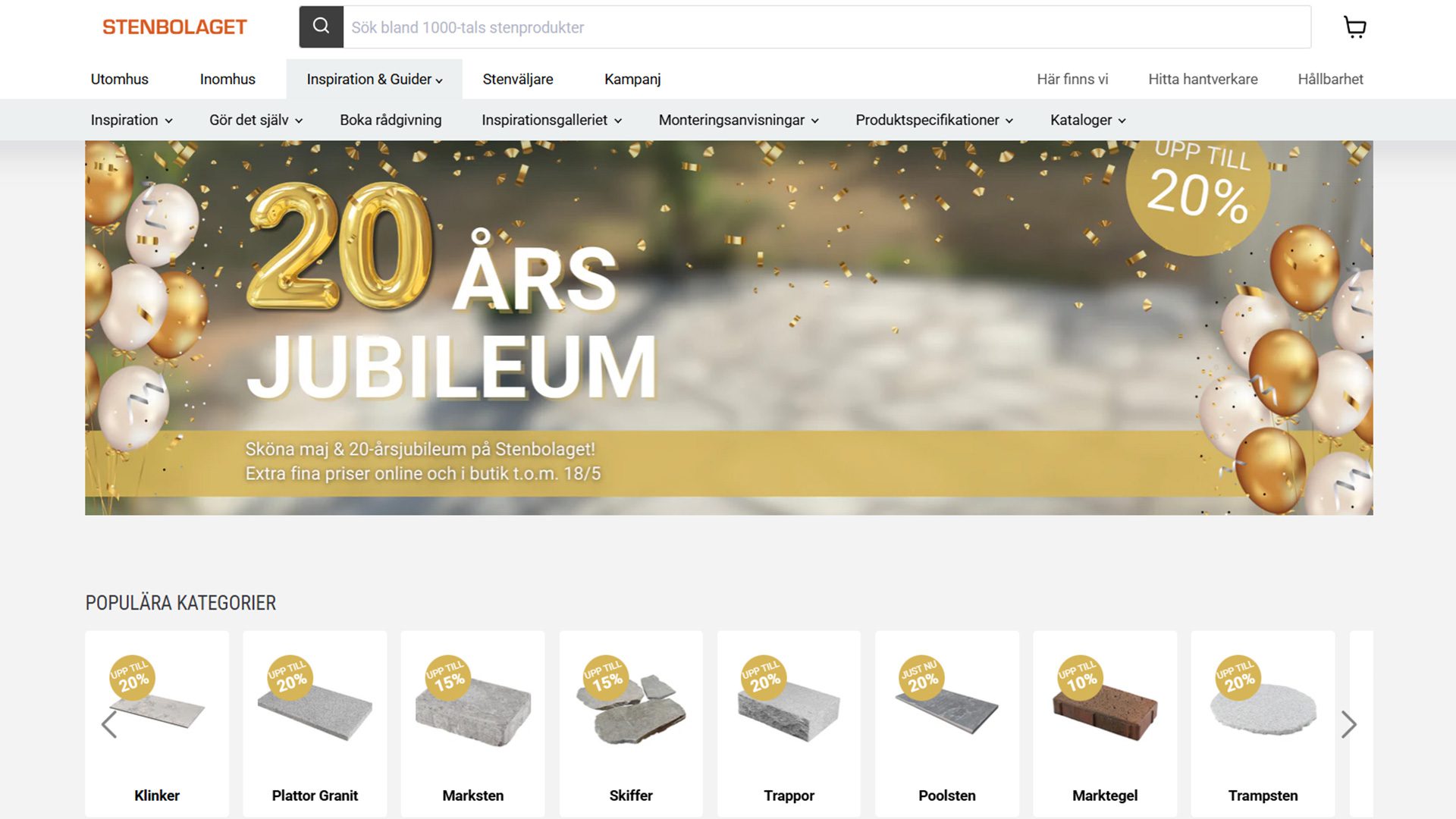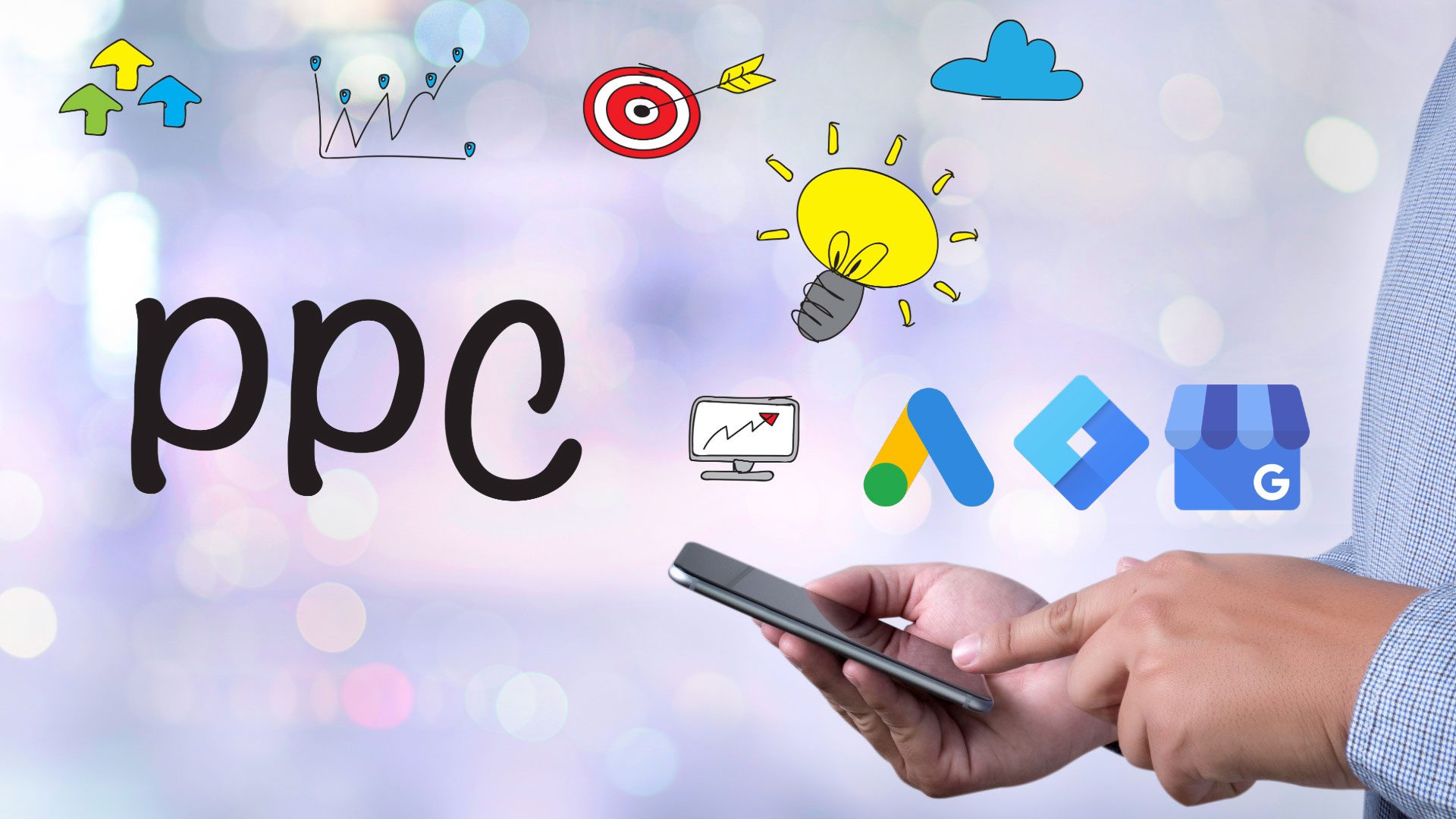Most marketers have heard the term marketing automation but few of them actually know what it really means today. This is perfectly understandable since this is a very new term in marketing terminology and people are still trying to make sense of it. Let us see where it fits into the grand scheme of things.
We all know that marketing is the lifeblood of just about every brand to customer (B2C) relationship. This field is heavily integrated with the sales force of an organization. When a company is launched, it is typically run by creators and sellers. The former create the product, while the latter fan out into the field to forge one on one connections with real and potential customers.
This sales process is marketing at its most basic level. But as the company starts growing, it’s impossible to maintain those one-on-one relationships with all prospective and actual customers. This is the part where marketing comes into the picture and the company needs a performance-driven and conversion-centric program to increase sales all across the board.
With time, the company’s marketing program will become so big that it will not be possible to manage everything at the individual level. It is possible to hire more and more people, but it will be a waste of resources.
Many mundane tasks such as setting up social media programs, emailing new customers, and sending repeat emails to old customers can be automated.
Here is a definition from Marketo that will help you view marketing automation in a whole new light:
“Marketing automation is a category of software that streamlines, automates, and measures marketing tasks and workflows so that companies like yours can increase operational efficiency and grow revenue faster.”
Separating Facts from Fiction
Many people make the mistake of thinking that marketing automation is just another term for email marketing. This is not the truth because email marketing is basically a component of a broad array of tasks that are performed under the marketing automation umbrella.
Marketing automation acts to combine various customer acquisition and retention channels so that they conform to the company’s conversion funnel and ensure that sales keep on increasing.
Why Use Marketing Automation?
This concept is centered around the creation of various software solutions to common marketing and mass contact related problems. A team of specialists can work with a list of a few hundred people weekly but if a company has 10 million email addresses in its database, it simply cannot afford to hire people to send personalized emails to all of them.
There are various software solutions for both big and small companies. They help to simplify the process and ensure that your company can utilize its funds where they are needed, instead of allocating valuable human resources where they will only be conducting repetitive tasks.
Marketing Automation is the Sum of Its Components
The overall value of marketing channels, tactics, and software cannot be denied. But here, it is important to understand that marketing automation offers so much more. For instance, marketing automation starts with an innate understanding as well as the key difference between strategies and tactics.
The former is all about the big picture while the latter is aimed towards the implementation of that picture. When you think along strategic lines, you are looking at the long term survival of the business. It is a creative yet structured process that will look at the goals first and reverse engineer solutions for these goals.
All marketing automation will require a mix of both strategy and the right tactics if you are to succeed in your long term goals.
Marketing Automation is Driven By Consumer Psychology
Most people live by their emotions and they are primarily driven by incentives. The one key question that every potential customer will ask is, “what’s in it for me?” Of course, as a marketer, you will also have the same emotions.
But if both marketers and buyers are too intimately focused on reaching their very own respective goals, they will not be able to connect to each other. The result will be a net loss for all the parties concerned. The customer will be deprived of a product that he needed, and the seller would be able to make a sale.
You have to look at it from the audience’s perspective rather than pushing your own agenda at them. This is what empathy is all about and in the rush to meet targets you might forget that these are actual people, not meaningless statistics. Contrary to popular opinion, marketing automation can actually help you to ensure that this does not happen.
People see marketing automation as a dry subject that is statistically driven via A/B testing and other features. However, few people realize that there is another important quality that gets lost in the clutter—and that is empathy.
You have to show your customers that you care about them. This is possible if you send them marketing messages calculated to inspire delight and it will also give you an ideal opportunity to listen to their feedback.
You have to stop thinking about the whole marketing automation concept as just another means of pushing email blasts and keeping your fingers crossed for the positive feedback. It does not work that way.
If you really want to pull your target audience close to your brand, you will have to send the right message at the right time, every time. Marketing automation can help you do just that.
However, no marketing automation driven strategy can work in a vacuum. You will need near-constant communication between your marketing and sales departments to create an optimized automated marketing system.
Conclusion
If your ad campaigns are not giving you the kind of traction you want, maybe its time to change your outlook and shift to a marketing automation program. If done properly, it can easily change the course of your whole business. After all, no one can argue with good results!




